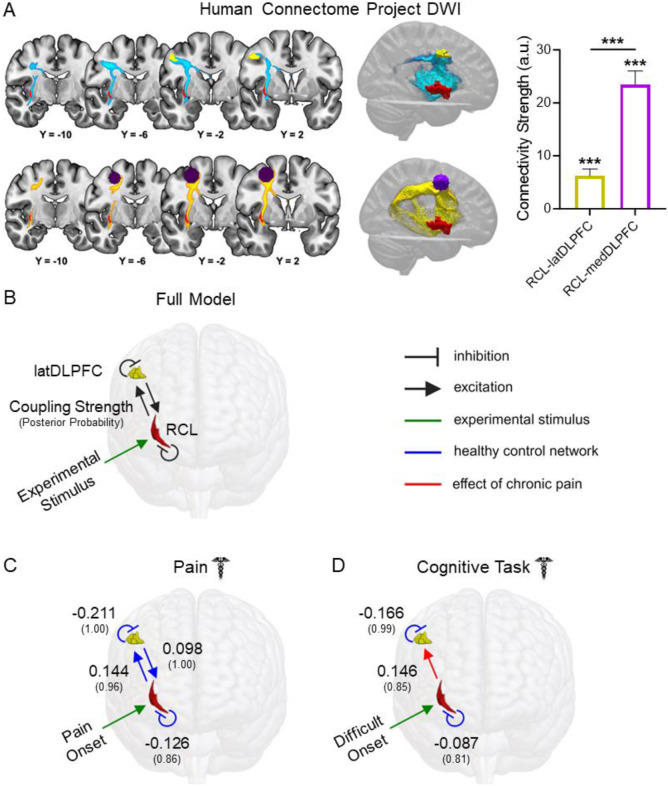Figure 6. Structural and effective connectivity are consistent with an excitatory RCL→latDLPFC projection altered in migraine patients.
(A) Group tractograms of (left-top) RCL-latDLPFC and (left-bottom) RCL-medDLPFC structural connectivity thresholded at 50% (indicating WM fibers detected in at least 50% of individuals sampled) in healthy HCP participants (n = 174). Right: Median structural connectivity strength (a.u.) of RCL-latDLPFC and RCL-medDLPFC circuits in healthy HCP participants with 95% CI displayed. Both circuits showed significant structural connectivity (RCL-latDLPFC: W = 15225, p-FDR < 0.001; RCL-medDLPFC: W = 15225, p-FDR < 0.001), and RCL-medDLPFC showed significantly greater connectivity strength than RCL-latDLPFC (W = 12607, p-FDR < 0.001). (B) Fully connected DCM models with bidirectional RCL←→latDLPFC excitatory projections and self-inhibitory connections in both ROIs were modeled for Dataset 1 pain and cognitive task scans separately. Experimental stimuli (green arrow) were modeled to affect RCL due to the a priori circuit hypothesis. Here, modeled connections are displayed in black. In subsequent panels, blue lines represent connections detected on average across healthy participants. Red lines depict effects of chronic pain and therefore represent significant group differences. Large font numbers represent second level coupling parameters (positive = excitatory), and small font numbers in parentheses represent posterior probabilities quantifying the strength of evidence for each coupling parameter (0.00 – 1.00). A posterior probability exceeding 0.75 is considered “positive evidence.” Therefore, only parameters with posterior probability greater than 0.75 were included in figure panels. (C) DCM found evidence of bidirectional excitatory RCLl←→latDLPFC connectivity and self-inhibition in both ROIs at pain onset in healthy controls. No effects of chronic pain were detected for this model, meaning effective connectivity in patients at pain onset is not significantly different than controls. (D) At difficult cognitive task onset, DCM only found evidence of self-inhibition in RCL and latDLPFC in healthy controls, with no evidence for excitatory projections between regions. However, evidence was found for increased RCL→latDLPFC effective connectivity due to chronic pain, consistent with the appearance of an excitatory projection during cognitive task processing in patients.

